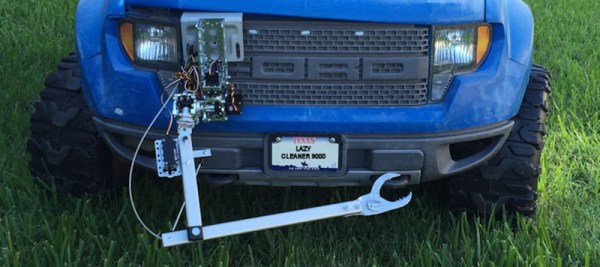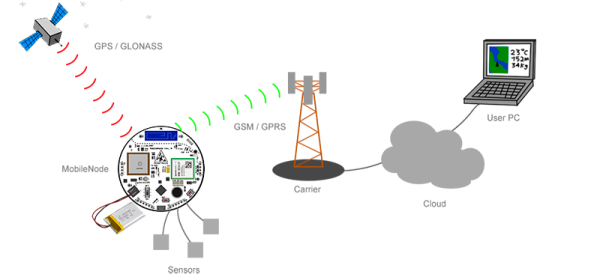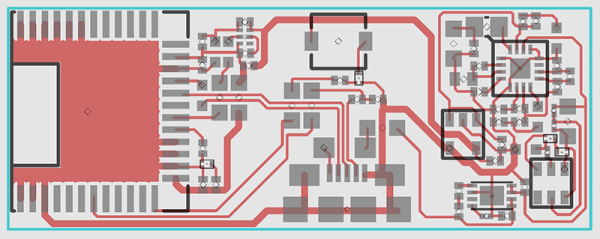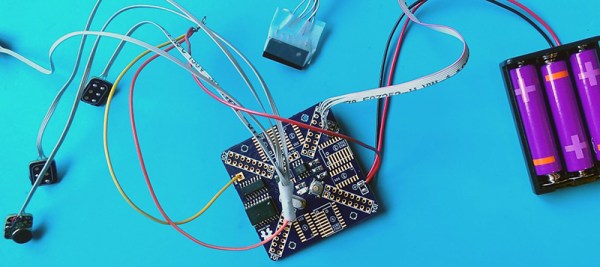On beaches, in parks, and in [BDM]’s back yard, there’s a lot of liter everywhere. The normal solution to this problem is to hire someone or find some volunteers to pick up all this trash. We’re living in the future, though, and that means robots. For his Hackaday Prize entry, [BDM] is building a robot that picks up trash.
A robot that picks up litter is a very, very interesting problem. It can’t be controlled by a person, or else it would be more efficient to just get out there and kill your back picking up bottles. This means it must work autonomously, and that means identifying litter, picking it up, and disposing of it.
For the identification part of the problem, [BDM] is using computer vision that captures an RGB image and discriminates against natural objects. Right now the computer vision is far from perfect, but it does a very good job, all things considering.
The next biggest problem is picking the trash up and disposing of it. For this, [BDM] has repurposed a Power Wheels and attached a DIY robot arm. It’s not a very powerful arm, and a children’s toy probably isn’t the best platform, but it is the start of something very, very cool.
You can check out [BDM]’s video for the project below.
Continue reading “Hackaday Prize Semifinalist: Picking Up Litter With Robots”






















